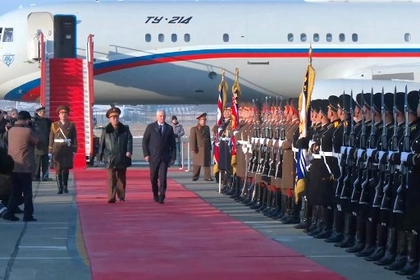Vladimir Putin, Russian government officials, and Russian TV personalities all repeatedly deny Ukraine’s right to exist, insisting that Ukraine was not actually a real nation. Is that just a coincidence, or is it strategic messaging? If it is strategic messaging, what is its purpose?
If you are on the Internet, use social media, or watch TV, you’re being messaged. A lot of that messaging is from companies trying to convince you to buy their products and services. Let’s say you’ve been researching electric bicycles on Google and then, when you switch over to posting family photos on Facebook, you’re surprised to see multiple ads for electric bicycles. That’s not accidental; that’s messaging but is different from strategic messaging.
Strategic messaging is where a government, organization or private company tries to communicate a message in support of a strategy and for the purpose of influencing the attitudes and behavior of its target audience. For example, a company may use strategic messaging as part of a marketing campaign to accompany the roll out of a new product. A government may decide to engage in strategic messaging to favorably influence not only the attitudes of its own population, but also world public opinion.
Strategic messaging involves a number of steps. First, the message originator identifies the desired action: “We want more people to buy our eBikes!” Next, the message originator identifies the target audiences for the message: “We want young urban adults between 25 and 35 with disposable income to buy our eBikes.” Next, the originator decides on the channels, or conduits, through which the messaging will be delivered.

1,100 North Korean Casualties in Russia-Ukraine War: Seoul
The automobile company Tesla, for example, does not spend its ad money on TV or print media as its target audience favors social media – an approach that is not only effective, but extremely inexpensive. After the messaging is disseminated, the originator then uses feedback to assess how effective their messaging was: “Our eBike sales in Cleveland increased 22% last month.”
In addition to companies, governments also use strategic messaging. You may be surprised to learn that countries with autocratic governments find strategic messaging much easier than do countries that have democratically elected governments and populations and media who enjoy freedom of speech. Now, let’s consider why I made this assertion.
Autocratic regimes have certain advantages: The person at the top decides what the desired end state is, what the strategic messaging should be and everyone else lower down simply executes and disseminates the message.
Unlike countries with democratically elected governments and a free media, autocracies unabashedly use their “news media” to disseminate propaganda, both domestically and abroad.
For example, in a 2018 interview, Kyiv-born Russian media analyst Julia Davis pointed out how Margarita Simonyan, editor-in-chief of RT (or “Russia Today”), freely acknowledged that the Kremlin created RT for the express purpose of waging information warfare against the West.
One of the reasons autocracies find strategic messaging so appealing is that it is low risk and very low cost: A team of social media warriors in St. Petersburg costs less than that of a third-generation fighter plane, but can have far greater reach and impact, especially true when they can use bots and fake social media accounts to greatly increase their reach and amplify their message.
Strategic messaging is particularly effective when messages are consistent with the existing beliefs and perceptions of the target audience. Each target audience will have its own “hot buttons” that get them emotionally charged. Strategic messengers know what the target audience thinks, what hot buttons to hit and subtly shape their messaging to exploit that knowledge.
Over 23 years, nearly a generation, the Putin regime has taken almost total control of Russia’s TV and print media, turning it into a conduit for domestic propaganda. What is especially disturbing about Russia’s strategic messaging is that it is able to leverage existing beliefs, rather than attempting to create new ones.
Today, one of the key cognitive battlegrounds in the current war in Ukraine is in the minds of Western citizens, whose governments have thus far provided Ukraine with significant quantities of arms, ammunition, intelligence, and financial support.
Although strategic messaging is much harder for us to do than it is for autocratic regimes, Western nations must nevertheless do a much better job at strategic messaging. That effort requires resources: time, money, people, and strategy. Western governments need to put at least as much effort into persuading their citizens that supporting Ukraine is the right thing to do as the Russian government pushes its narrative that Ukraine has no right to exist.
You can also highlight the text and press Ctrl + Enter






